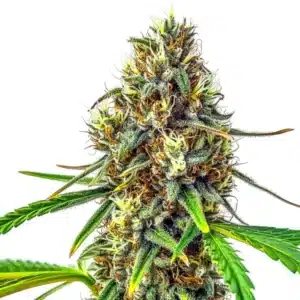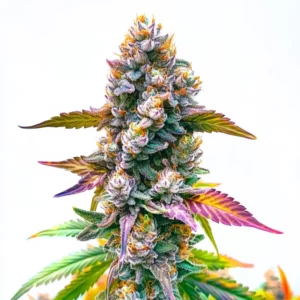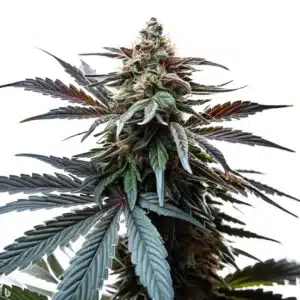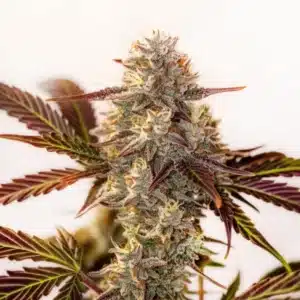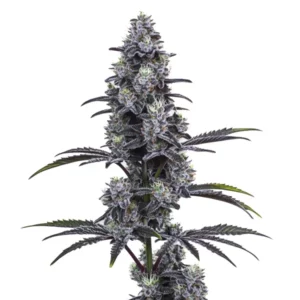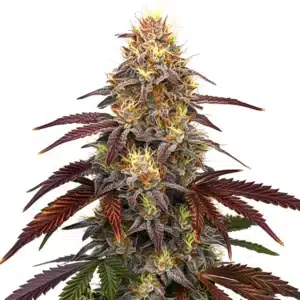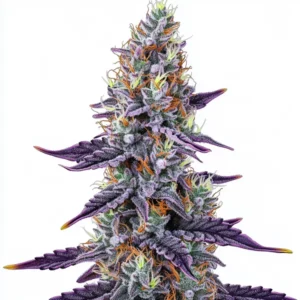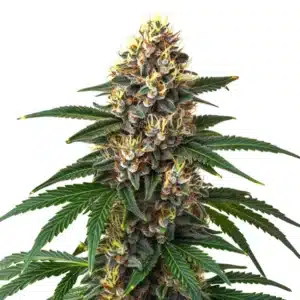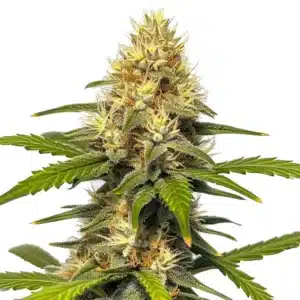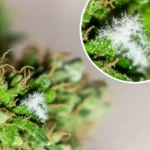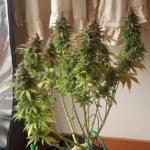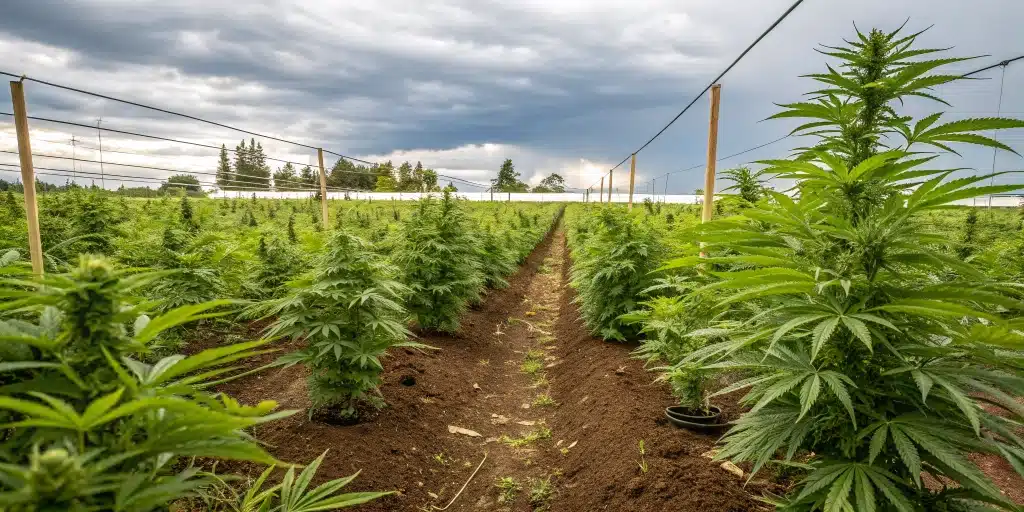
Outdoor Grow Mold: A Practical Approach for Cannabis Gardens
Recognizing Outdoor Grow Mold
Identifying Mold Symptoms on Cannabis Plants
When checking your garden, you may notice spots, fuzzy patches, or discoloration on the leaves and buds. These signs often indicate the presence of outdoor grow mold on your cannabis plants. Observing such symptoms early helps prevent further spread and damage. In many cases, the affected areas will show a powdery coating or small black spots that signal the onset of mold. Regular inspection and careful observation are essential to catch these warning signs early and maintain healthy plants.
It is important to note that mold symptoms may appear differently depending on the plant variety and growing conditions. Leaves might show yellowing or browning in spots, while buds can become soft and slimy due to infection. These early signs are a key part of outdoor grow mold identification. A consistent routine of checking every plant ensures that any minor issues are detected before they escalate into larger problems that could compromise your entire crop.
Recommended Strains
24K Gold Regular
|
|
THC | 19% - 22% (Medium) |
|
|
Type | Regular |
|
|
Yield | Medium |
|
|
Phenotype | 60% Indica / 40% Sativa |
Gary Payton
|
|
THC | 20% - 25% (Medium) |
|
|
Type | Feminized |
|
|
Yield | Medium |
|
|
Phenotype | 40% Indica / 60% Sativa |
Common Mold Species in Outdoor Gardens
In outdoor gardens, several mold species can affect your cannabis crop. Common types include Botrytis, commonly known as gray mold, and powdery mildew. These species thrive in damp conditions and can spread rapidly if not controlled. Identifying these molds is a vital part of outdoor grow mold management. They often create a fuzzy or powdery appearance on the plant surfaces, which is a clear sign of infection that needs immediate attention to protect your harvest.
Each mold species has unique characteristics that aid in identification. Gray mold, for instance, usually appears as a light, dusty coating, while powdery mildew forms white, powder-like patches on leaves. The varying symptoms help you determine the severity of the problem and decide on an appropriate treatment. With regular monitoring and early detection, you can manage these mold species effectively and prevent them from spreading to healthy plants throughout your garden.
Promos & Deals
Causes and Risk Factors for Outdoor Grow Mold
Environmental Conditions Promoting Mold Growth
Outdoor grow mold often thrives in environments with high humidity, frequent rainfall, and poor airflow. Such conditions create a perfect setting for mold spores to settle and multiply on cannabis plants. Damp soil, overcast days, and excessive moisture on leaves all contribute to mold development. Gardeners must be vigilant in monitoring these environmental factors to reduce the risk of mold infections. Proper management of these conditions is a vital step in keeping your garden mold-free and your plants healthy.
Weather patterns and microclimates in your garden can greatly influence mold growth. Regions with prolonged rainy seasons or unexpected humidity spikes are particularly vulnerable to mold outbreaks. Ensuring that your outdoor setup has adequate drainage and exposure to sunlight can reduce moisture accumulation. Taking preventive measures based on weather forecasts helps in minimizing the conditions that favor mold. This proactive approach is key for outdoor grow mold management and supports a healthier environment for your cannabis plants.
Plant Stress and Vulnerability Factors
Stress factors such as nutrient deficiencies, pest infestations, or physical damage can weaken cannabis plants, making them more susceptible to mold attacks. When plants are under stress, their natural defenses are lowered, giving mold spores a better chance to settle and grow. Recognizing these vulnerabilities early is essential for effective outdoor grow mold prevention. Keeping your plants strong and healthy reduces their chances of succumbing to mold infections and improves overall resilience in your garden.
Additionally, overcrowding and improper pruning can create humid microenvironments where mold thrives. Crowded plants restrict airflow and trap moisture, which are conditions that favor mold development. Regular maintenance practices, such as proper spacing and timely pruning, help to minimize stress and improve air circulation. Addressing these vulnerability factors not only supports plant health but also plays a significant part in preventing outdoor grow mold in your cannabis garden.
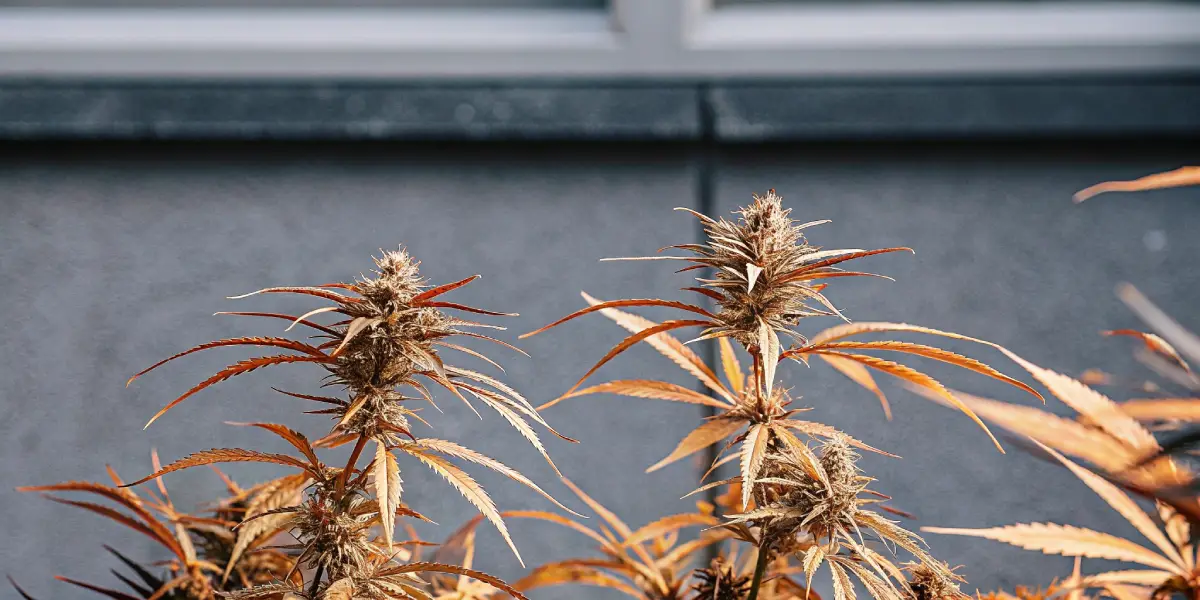
Preventative Measures for Outdoor Grow Mold
Enhancing Airflow and Plant Spacing
One effective method to combat outdoor grow mold is to ensure that your garden has sufficient airflow and proper plant spacing. By reducing overcrowding, you allow fresh air to circulate around each plant, which helps to dry out moisture on the leaves and buds. This step is essential for reducing the damp conditions that mold needs to thrive. Optimizing airflow and spacing creates an environment that discourages mold growth and supports robust plant health throughout the growing season.
Careful planning of your garden layout plays a significant role in maintaining adequate airflow. Positioning your plants with enough room between them minimizes humidity build-up and prevents mold spores from easily spreading. Utilizing raised beds or trellises can further improve air circulation and sunlight exposure. These practices are straightforward yet effective, providing a natural barrier against the conditions that cause outdoor grow mold. Regularly reassessing your garden’s layout ensures that these preventive measures remain effective over time.
Optimizing Watering Practices and Soil Health
Another important aspect of preventing outdoor grow mold is to optimize your watering practices. Overwatering or inconsistent watering can create overly moist conditions that encourage mold growth on cannabis plants. Use drip irrigation or controlled watering systems to deliver just the right amount of moisture to each plant. This method ensures that the soil remains moist without becoming waterlogged. Maintaining balanced soil moisture is key to reducing the risk of mold and promoting healthy root development throughout your garden.
In addition to proper watering, improving soil health through the use of organic matter and proper fertilization supports overall plant resilience. Healthy soil not only provides essential nutrients but also improves drainage, reducing the moisture that can lead to mold. Testing your soil and adjusting the pH as necessary can help create an optimal growing environment that minimizes the risk of outdoor grow mold. These strategies work together to enhance plant health and reduce the conditions that favor mold proliferation in your garden.
Natural Treatments for Outdoor Grow Mold
Organic Fungicides and Natural Remedies
When mold appears in your outdoor garden, organic fungicides offer a safe and effective treatment. Natural remedies like neem oil, garlic extract, and baking soda sprays work to suppress mold growth without harming the cannabis plants. These treatments are preferred by many growers because they are less likely to leave harmful residues on the plants. Applying these organic fungicides at the first sign of mold can help control its spread and support a healthier, more natural growing environment that minimizes outdoor grow mold risks.
Using organic fungicides regularly as a preventive measure can further reduce the likelihood of mold outbreaks. These natural remedies work by creating a barrier that limits mold spore adhesion and growth on plant surfaces. Consistent application, especially during periods of high humidity, reinforces your garden’s defense against mold. Incorporating these organic treatments into your regular maintenance routine offers a proactive solution that helps keep outdoor grow mold at bay while preserving the integrity and quality of your cannabis crop.
Beneficial Microbes and Soil Amendments
Incorporating beneficial microbes into your garden soil is another natural method for combating mold. These microorganisms improve soil structure and nutrient availability, creating conditions that are less favorable for mold growth. They help break down organic matter and enhance the plant’s natural defenses. Adding compost or microbial inoculants to your soil can foster a healthy microbial ecosystem that supports robust plant growth and reduces the incidence of outdoor grow mold. This natural approach works in harmony with organic fungicides to maintain a mold-resistant garden environment.
Soil amendments like biochar and worm castings further improve soil drainage and nutrient retention, which in turn minimizes moisture levels that encourage mold. These natural additions support a balanced ecosystem where beneficial organisms outcompete harmful pathogens, including mold spores. Regularly refreshing your soil with organic matter and beneficial microbes can lead to a significant reduction in mold-related issues. This method is a sustainable, eco-friendly way to combat outdoor grow mold while enhancing overall soil fertility and plant health.
Maintenance and Monitoring for Mold Control
Regular Garden Inspections and Early Detection
Frequent garden inspections are essential for catching mold problems early. By setting aside time to inspect every part of your outdoor cannabis garden, you can detect signs of mold before they spread. Look for unusual spots, fuzzy textures, or discoloration on the leaves and buds. Early detection is the key to managing mold effectively and preventing severe outbreaks. Regular inspections not only help in identifying outdoor grow mold but also support overall plant health by catching any other issues before they become serious.
Establishing a routine for garden monitoring makes it easier to spot changes quickly. Use a magnifying tool if needed to examine small areas of your plants that might be affected. Early detection allows you to take immediate action with natural treatments or adjust environmental conditions. This proactive approach significantly reduces the risk of extensive mold damage and supports a healthier, more resilient garden throughout the growing season. Keeping detailed records of your inspections also helps track recurring issues and refine your mold prevention strategies.
Adjusting Environmental Conditions for Long-Term Health
Long-term control of mold in your garden requires adjusting the environmental conditions to favor plant health over mold growth. Regularly evaluate factors such as humidity, temperature, and airflow to ensure they remain within optimal ranges. Installing fans or adjusting watering schedules can make a big difference in reducing moisture accumulation that leads to mold. Strategic changes to your garden environment support robust plant growth and reduce the chances of outdoor grow mold becoming a persistent problem over time.
Making ongoing adjustments based on regular monitoring is a sustainable way to manage mold risks. Simple changes, such as repositioning plants for better sunlight or improving soil drainage, can have a significant impact on reducing mold. By continuously optimizing environmental factors, you create a garden atmosphere that discourages mold and supports vibrant, healthy cannabis plants. These proactive measures, combined with early detection and natural treatments, form a comprehensive strategy for keeping outdoor grow mold at bay in your garden.
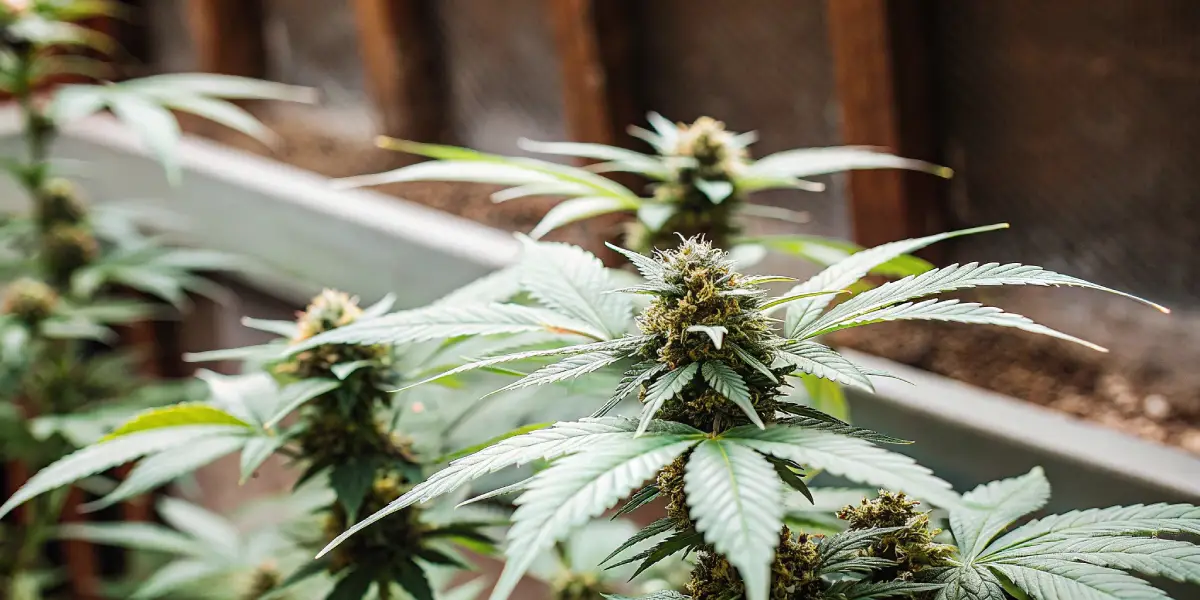
FAQs about outdoor grow mold
What are the common signs of outdoor grow mold on cannabis plants?
Outdoor grow mold often appears as fuzzy, discolored patches on leaves and buds. You may notice spots that are gray, white, or brown, along with a powdery residue on the surface. These symptoms indicate that mold is present and may spread quickly if not addressed. Consistent monitoring and early treatment using organic remedies can help prevent further damage and protect your entire crop from severe infections.
How can I naturally prevent outdoor grow mold in my garden?
To naturally prevent outdoor grow mold, focus on proper plant spacing and adequate airflow. Avoid overwatering and ensure your soil drains well. Regular garden inspections and early application of organic fungicides, such as neem oil, help control moisture levels and suppress mold growth. Additionally, incorporating beneficial microbes and organic soil amendments supports overall plant health, reducing stress and lowering the risk of mold infections throughout your garden.
What steps should I take when I first notice mold in my outdoor cannabis garden?
When you first notice mold, immediately isolate the affected plants to prevent the spread. Use organic fungicides and natural remedies to treat the mold, and adjust watering practices to reduce excess moisture. Increase airflow by trimming and spacing plants appropriately. Regular inspections are essential to monitor progress and prevent reinfection. Early intervention, combined with proactive environmental adjustments, is key to managing and reducing outdoor grow mold effectively.


